¿Necesitas un lijado de precisión sin dañar superficies delicadas? Descubre las ventajas del disco de espuma estándar...
}in the next post we will explain how to polish the microcement floors and pavements, the
different types and characteristics of the products to be used to perform this work, as well as the application of microcement.
Smoothed concrete, smoothed cement or polished cement is different from what is known as
microcement:
The smoothed concrete has a thickness between 5 and 10 centimeters, which offers a high resistance to wear and scratches, so it is used in those floors installed in public
spaces and with a high conglomeration of people. It is a material that requires
expansion joints due to its high thickness and is also prone to cracking.In contrast, the microcement is a continuous coating, whose final thickness is between
2 and 4 millimeters. It is a material that does not crack and does not require
contraction joints. In addition, thanks to its low weight and flexibility, it is highly recommended to make reforms in which debris is not required.The microcement is a continuous coating, it does not crack and is characterized by its low weight and flexibility
Why microcement and concrete floors should be sanded
Microcement floor sanding operations, as well as concrete, are essential to correct the
possible irregularities between the different applied layers of these materials. It is also
important when removing burrs from the trowel and creating secure anchor points precisely to increase the adhesion between layers and offer a smooth and shiny appearance, as well as a smooth texture to the final surface.
Why use a hand sander?The hand sanders are a very useful instrument if we want to achieve an efficient sanding of the
microcement and make the process easy and comfortable.A portable hand sander allows us to save time and effort, while being a highly productive tool.
Related reading: Hand sanders: types and uses of portable machines
This type of machines allows the sanding of hard-to-reach areas, reaching joints and small-sized corners. They also offer us freedom in movement by being able to alternate sanding on horizontal and vertical surfaces.

How to sand microcement: steps and keys of sanding
When sanding microcement, it is necessary to take into account certain steps to follow and some important keys on sanding.
First, we proceed to sanding between layers of the previously applied base material.
The times we sand the base material will be determined based on the number of
passes we give it. In this first stage we will perform a rough sanding of the surface. For
this we will use abrasive discs of granulometry 24, 40 and / or 80, with grain 40 being
the most common in this operation.Next, sanding between layers of the fine material, previously applied on the initial base material, must be carried out. As on other occasions, the number of sanding will
be decided based on the number of layers that have been given before finishing. To
perform this final sanding we will use abrasive discs of grain 120,220 and 400, with
grain 120 being the most used.Tips for the correct sanding of microcement
Some of the tips to consider when making and obtaining a correct sanding of the microcement are:Drying layers. Before sanding the microcement or pavement it is necessary that the layer we have applied is completely dry. Therefore, it is necessary to take
into account that the drying time between layers of base material is between five and eight hours. Also, if we talk about the drying time between layers
whose material is fine, the time is shorter and ranges between three and five
hours.Cleaning. At the end of the sanding process it is necessary to carry out a correct and effective cleaning of the dust generated before starting with the
application of the next layer or, if necessary, before applying the final sealant (polyurethane resin).Use the basic safety elements for the operator who has to execute it for sanding: dust mask, eye protection goggles, gloves to minimize the vibrations of the operation, as well as the scratches that could be generated as a result ofthe process.
Tools used: why sand microcement floors with silicon carbide
abrasives
Knowing how to choose the right abrasive products to sand microcement floors is essential. The operations of sanding and polishing floors must be carried out with abrasive discs whose mineral is silicon carbide. It is the synthetic mineral with greater hardness except for the diamond (between 9 and 9.5 on the Mohs scale. This characteristic is classified as the optimal mineral for sanding both concrete and microcement surfaces, which have a high surface hardness
Why Abracom
Abracom is one of the most specialized manufacturers in the cutting of discs and abrasive sheets, oriented to different and varied industries and sectors.
In Abracom we have all the disk formats offered by the market, suitable for all portable sanders you can find. In addition, we are a fast and efficient supplier withexcellent adaptability to service all levels of consumption.
Do you want to know more about the abrasives you need for sanding microcement floors? Contact us and we will advise you.





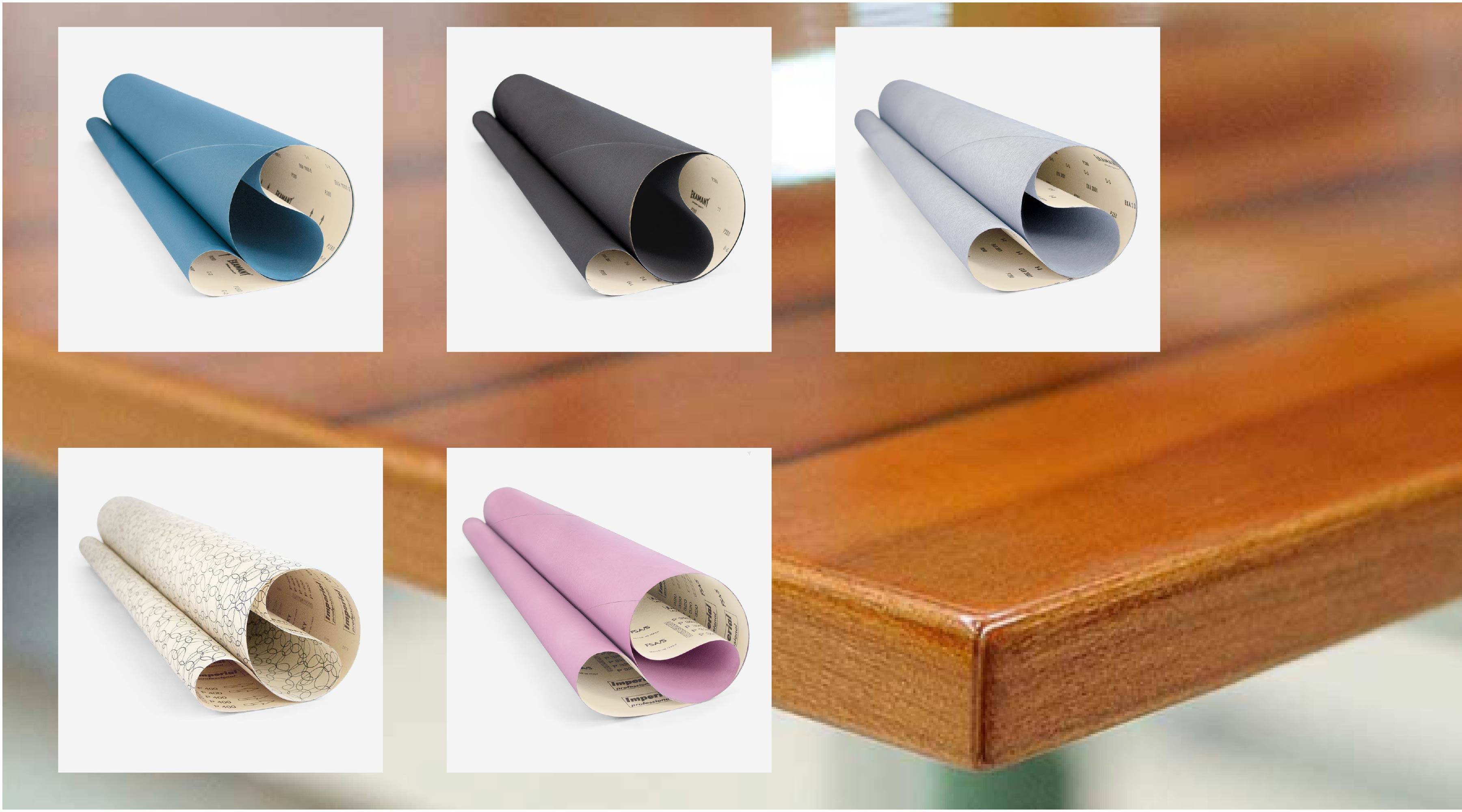
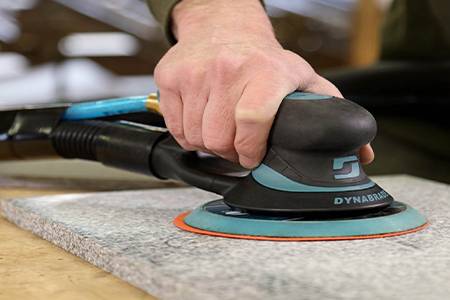
.png)
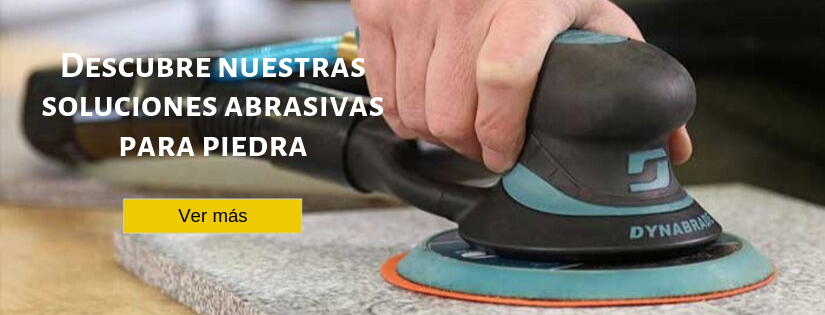
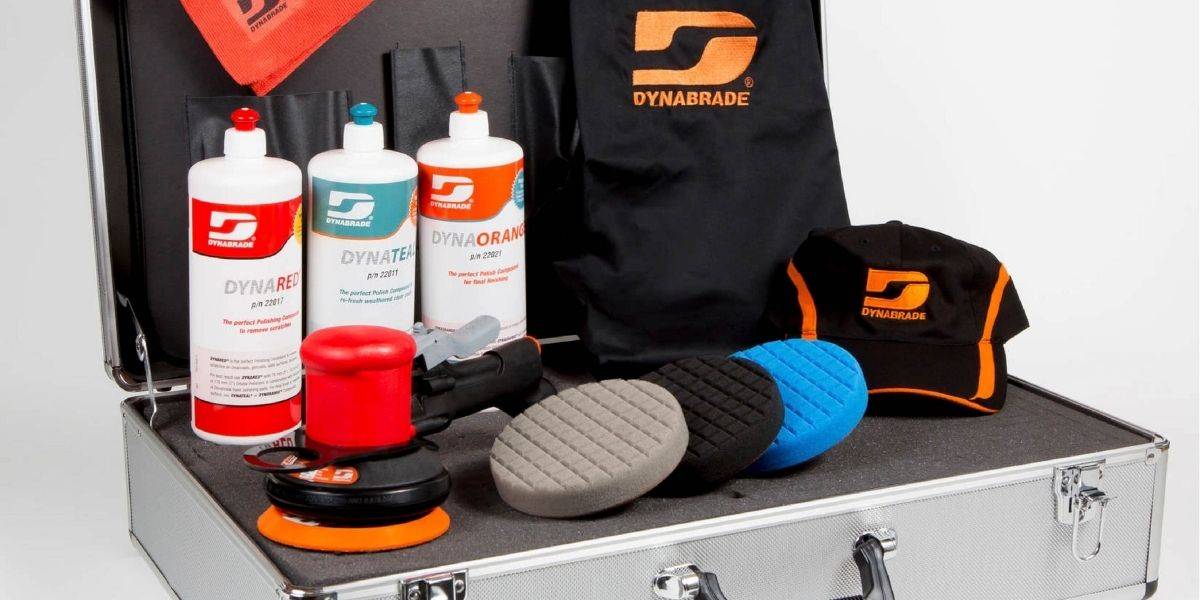
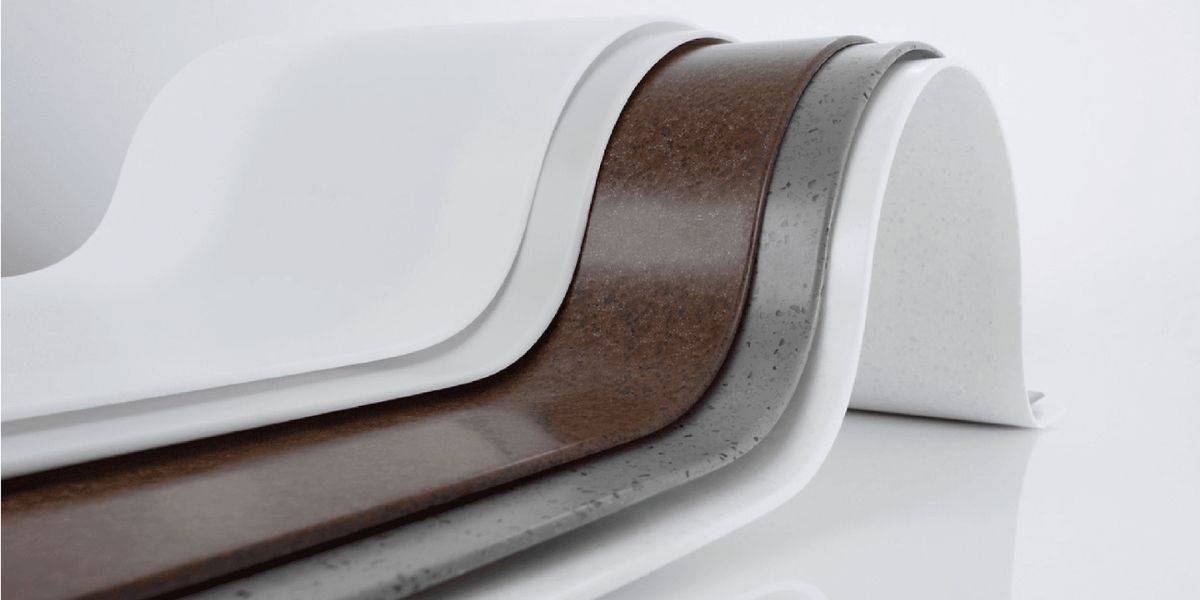
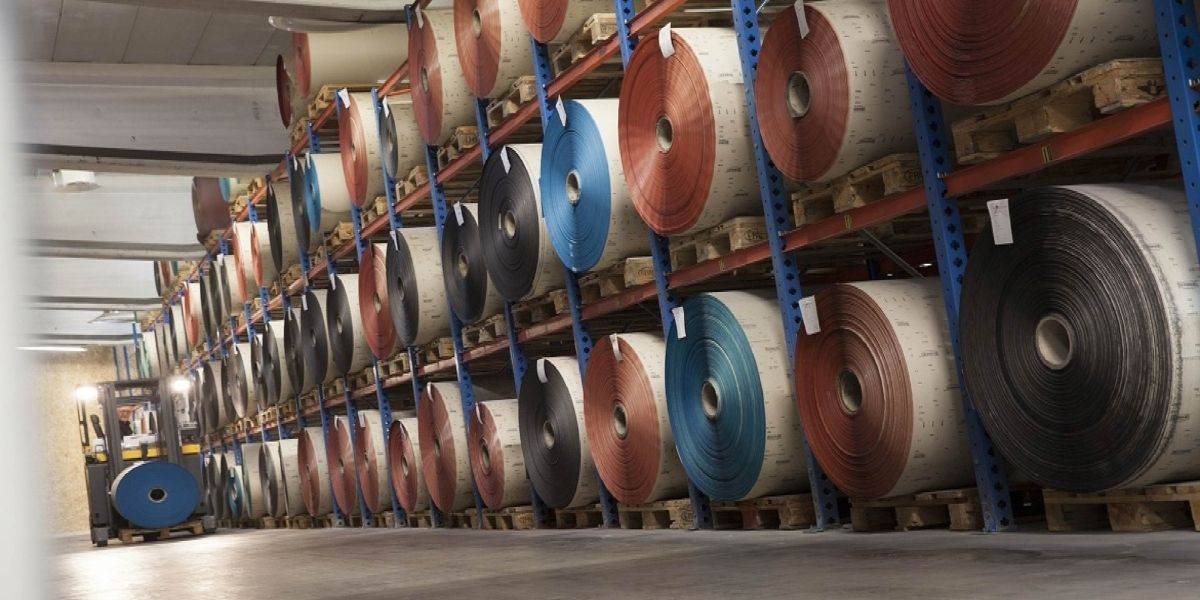
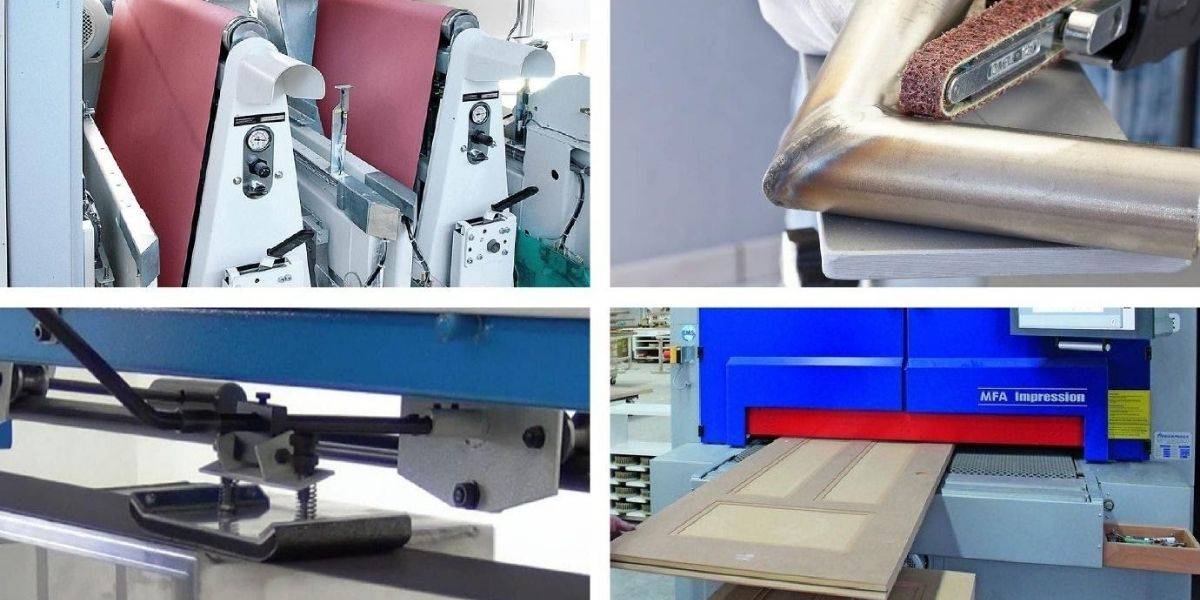
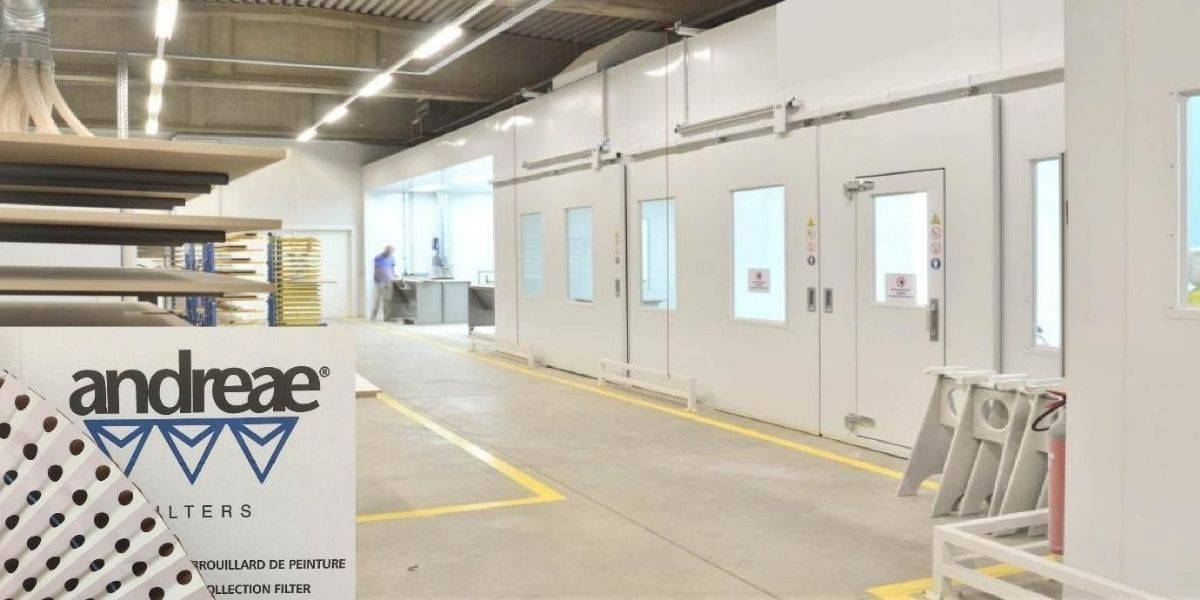

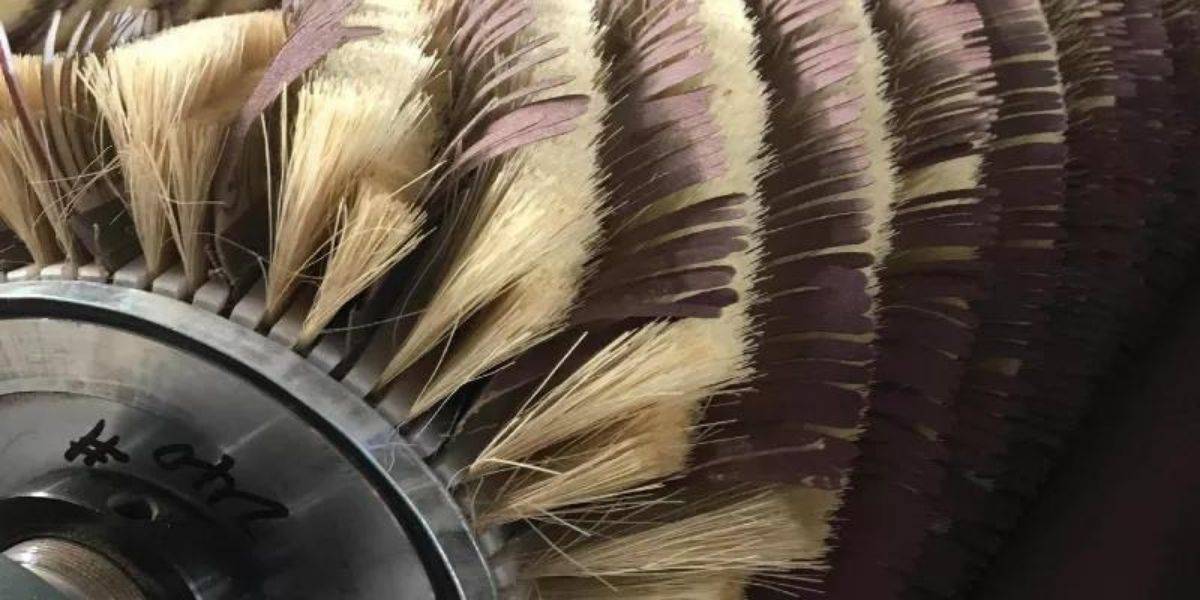
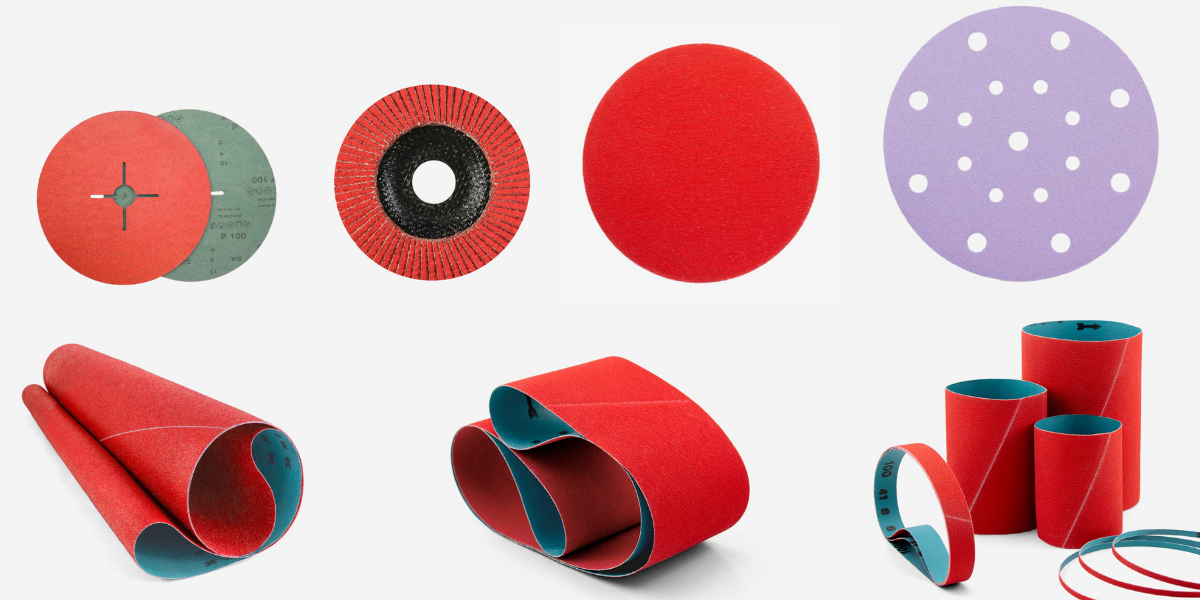
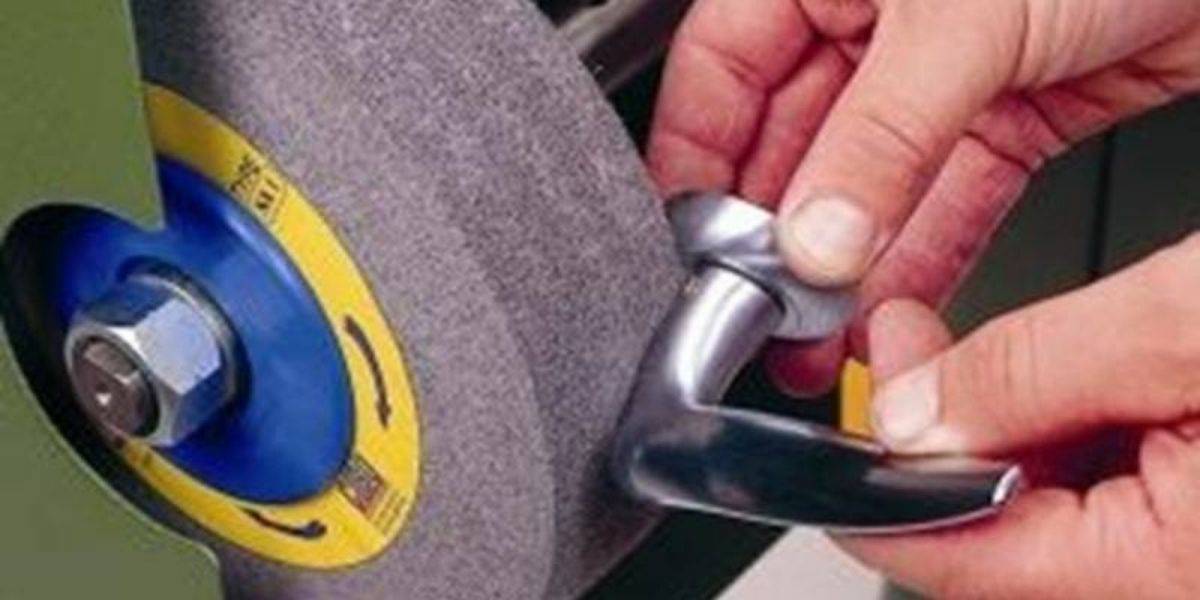
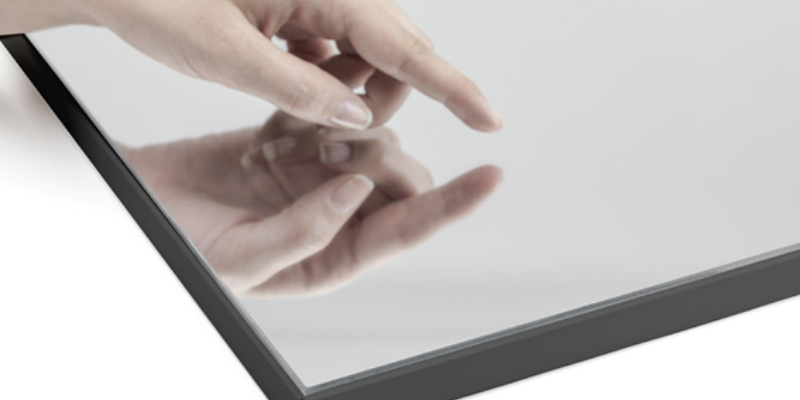
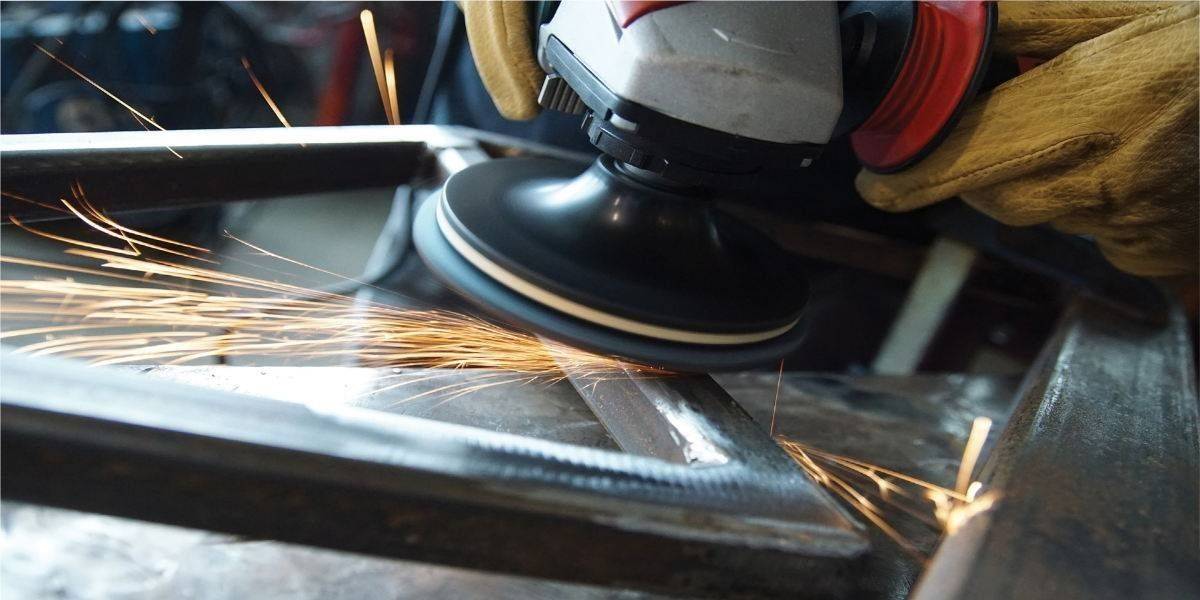
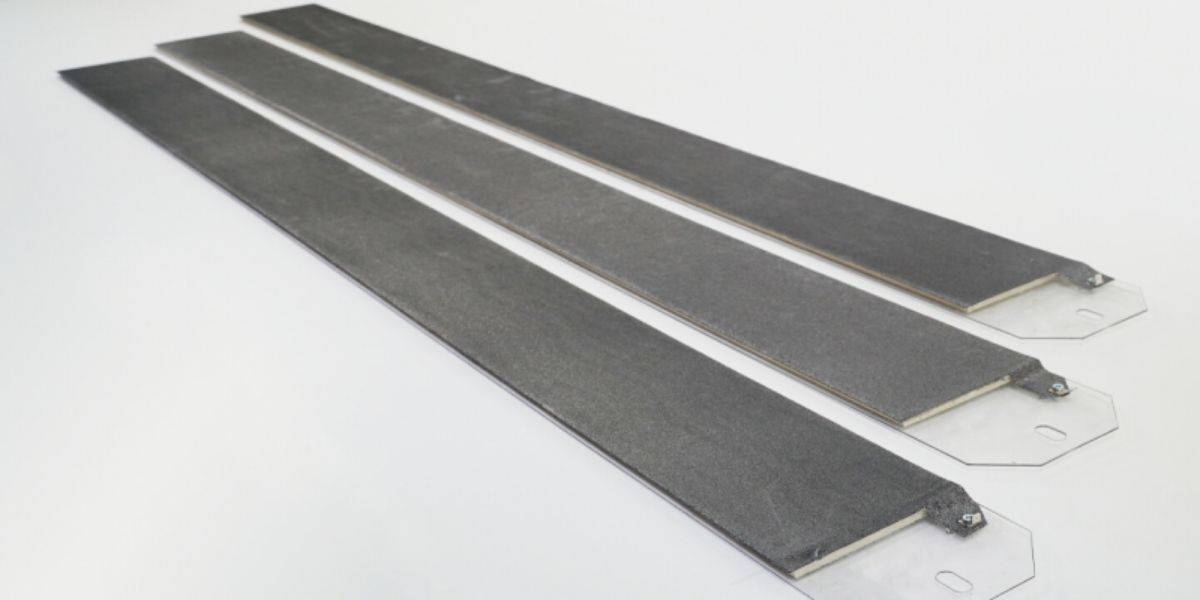
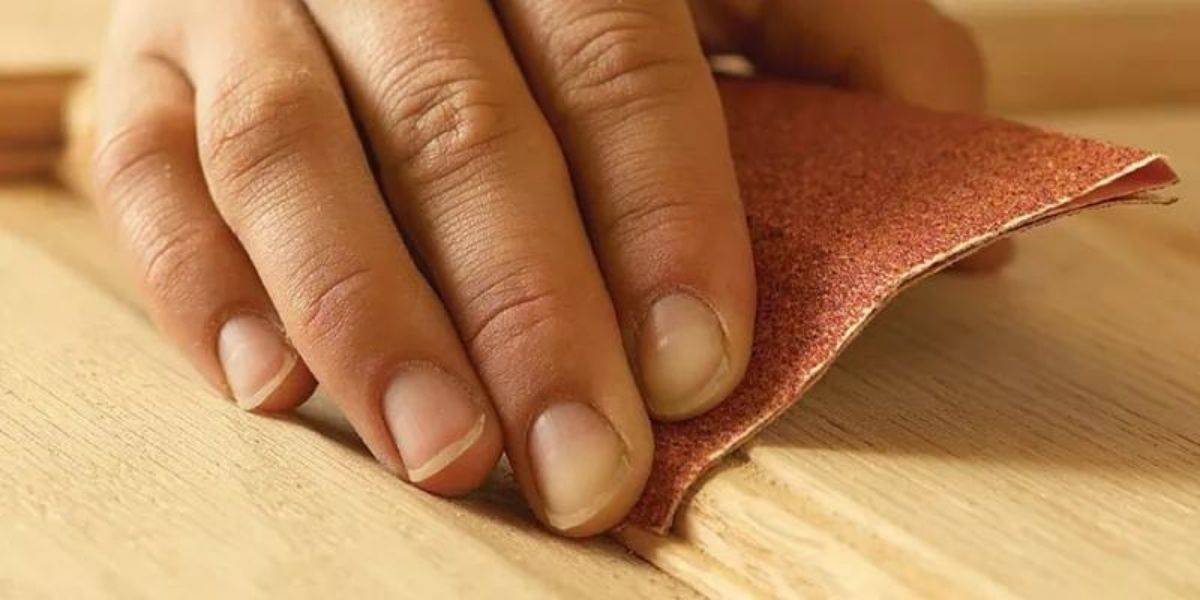
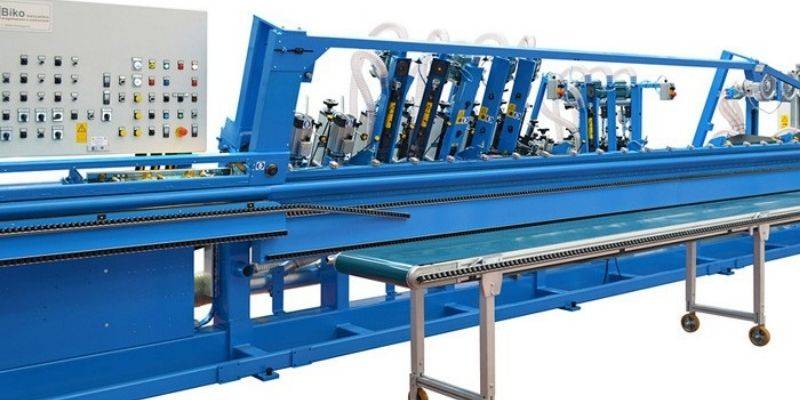


 (1).png)
 (1).png)
.png)
.png)
.png)
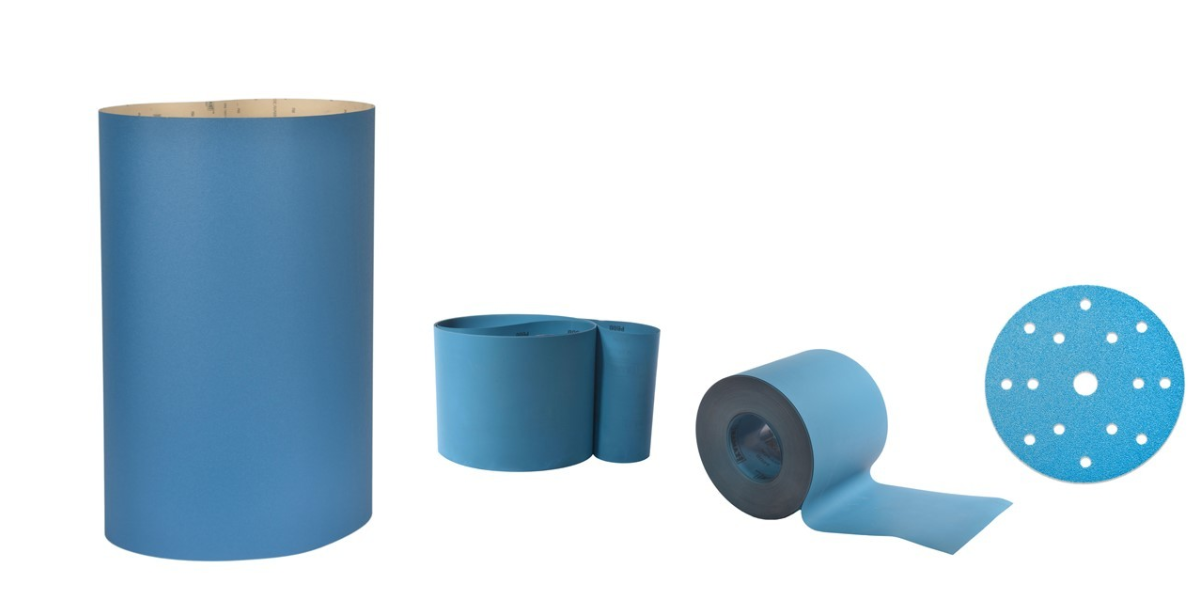
.png)
.png)
.png)
.png)
.png)
.png)
.png)
.png)
.png)
.png)
.png)
.png)







